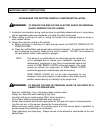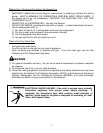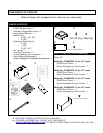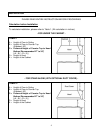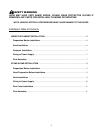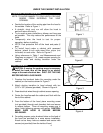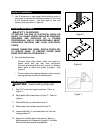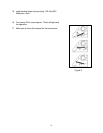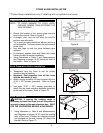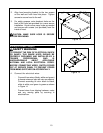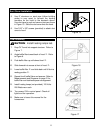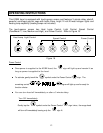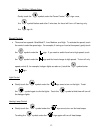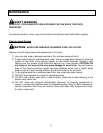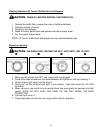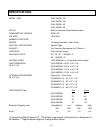
9
STAND ALONE INSTALLATION
***Follow these installations only if installing with an optional duct cover:
Preparation Before Installation
NOTE: TO AVOID DAMAGE TO YOUR HOOD,
PREVENT DEBRIS FROM ENTERING THE
VENT OPENING.
• Decide the location of the venting pipe from the
hood to the outside. Refer to Figure 9.
• A straight, short vent run will allow the hood to
perform more efficiently.
• Try to avoid as many transitions, elbows, and long
run as possible. This may reduce the performance
of the hood.
• Use duct tape to seal the joints between pipe
sections.
• If necessary, prepare back wall frame with cross
framing lumber for secure installation.
• Using references in Table 2 and Measurements
and Diagrams on pages 19-20, decide the level of
the lumber. Refer to Figure 10.
Hood Preparation Before Installation
• Temporarily wire the hood to test for proper
operation before installing.
• Important: Peel protective film off the hood
and the duct cover (if any).
• Attach ducting transition to hood exhaust with ten
(3/16” x 3/8”) screws (provided). Refer to Figure
11.
• Use eight (3/16” x 3/8”) screws (provided) to
attach the two hood-mounting brackets (provided)
to the back of the hood. Refer to Figure 12.
Hood Installation
CAUTION: If moving the cooking range is
necessary to install the hood, turn off the power in
an electric range at the main electrical box. SHUT
OFF THE GAS BEFORE MOVING A GAS RANGE.
1. Using references in Table 2 and Measurements
and Diagrams on pages 19-20, mark the leveling
point of the hood. Position two mounting screws
(not provided) on the wall, leaving 1/8” away from
the wall. Refer to Figure 13
Figure 9
Figure 10
Figure 11
Figure 12



